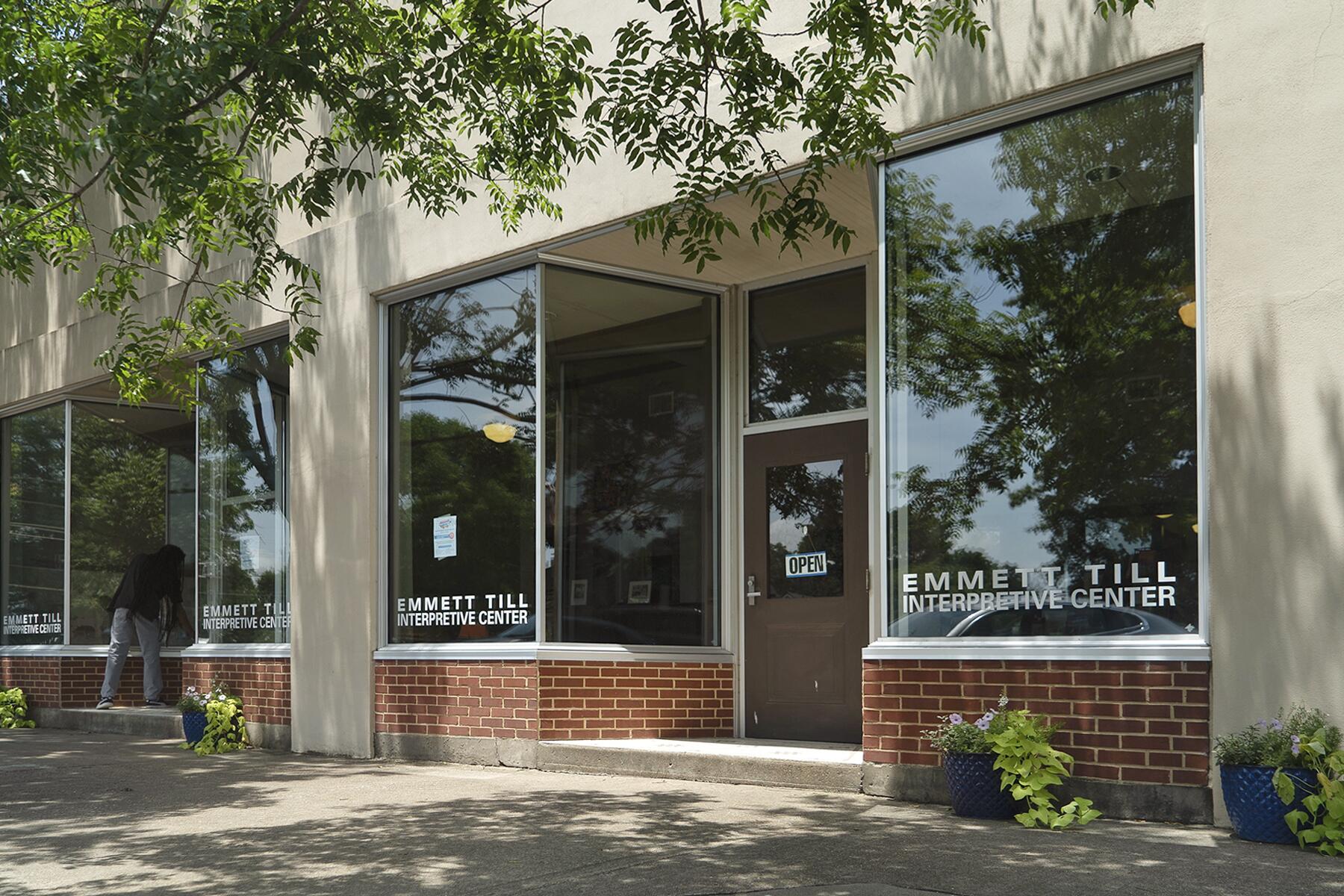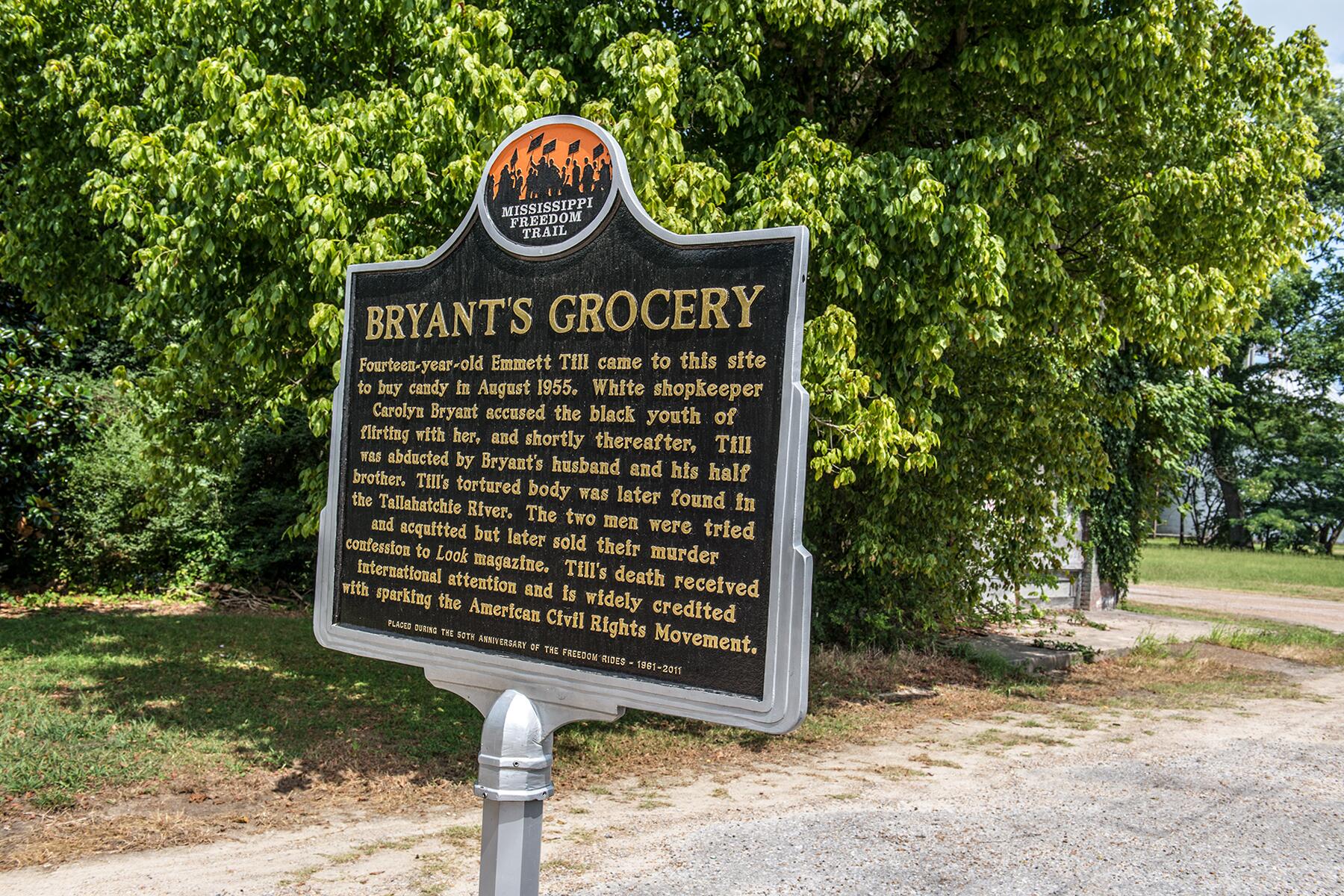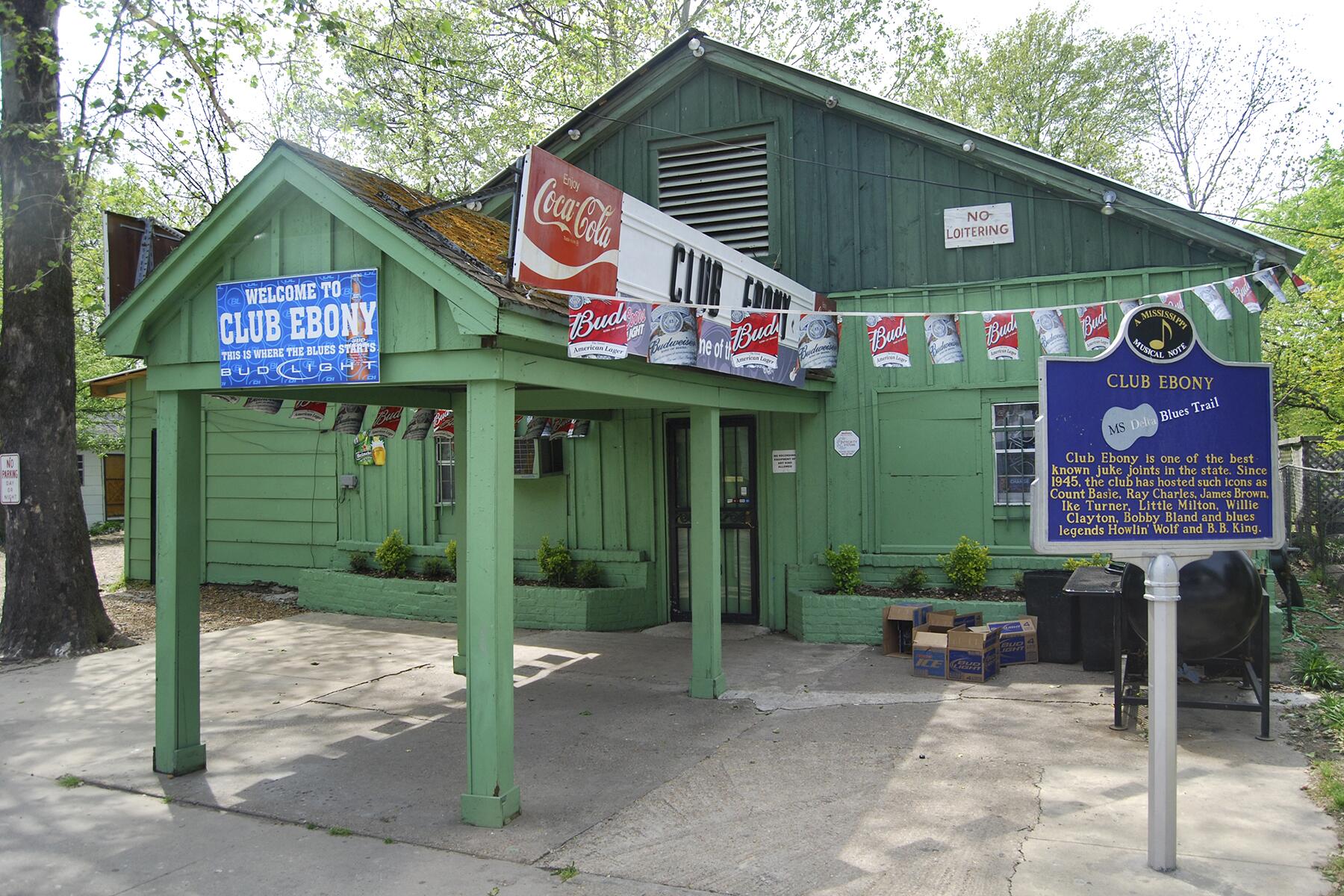Every stop along this 600-plus-mile road trip gave me greater insight into those who came before me and an intense appreciation for those continuing their legacies.
The Magnolia State is a destination abundant in Black History, serving as the backdrop to historical events critical to civil rights movements, the birthplace of music legends, and home to some of this nation’s most prominent leaders. The stories intertwined within the cities of Mississippi are coming to the forefront through landmarks and historical sites that highlight the struggle for equality, inclusion, and justice, as well as those of triumph and victory. Plus, the culinary scene throughout the state is quite literally award-winning.
I took a 600-mile road trip through the state. Here’s an itinerary that every history lover will appreciate.
Oxford
One of the greatest stories of triumph and perseverance in the face of adversity hails from Oxford when a Black man, James Meredith, applied for admission to the University of Mississippi in 1961. His presence on the Ole Miss campus created quite an uproar, prompting intervention from U.S. Attorney General Robert F. Kennedy and President John F. Kennedy. However, Meredith’s fight for inclusion, equity, and diversity was just beginning. Despite the riots that ensued because of his attendance, James Meredith officially became the first African-American student to enroll at the University of Mississippi, graduating with a degree in political science on August 18, 1963, marking the onset of integration.
Recommended Fodor’s Video
On campus, there is a monument in his honor. Present day, at the tender age of 90, he still tours the country, sharing his story and continuing the work of equality and justice.

INSIDER TIP If you are in the area, visit Bar Muse, a speak-easy in The Square, co-owned by James Beard-nominated bartender Joseph Stinchcomb. Bar Muse is known for their seasonal cocktail menu that frequently references pop culture.
1. fotoguy22/iStock 2. NPCA Photos/CC BY-ND 2.0/Flickr 3. Ronny Maye
Sumner, Money, and Greenwood
Sumner is a small town in Tallahatchie County with fewer than 300 residents. The drive into the city limits feels like being in the middle of any quintessential movie about a small town in the Deep South—but with a profound heaviness. The city is best known for its role in the murder trial of 14-year-old Emmett Till in 1955. For anyone seeking factuality surrounding a defining moment for Civil Rights, Sumner is a critical stop.

Your tour starts at the Emmett Till Interpretive Center. The curators have woven together the pieces of this grueling story in a captivating way in the pursuit of restorative justice and community healing for African Americans. The murder of Till, a young boy from Chicago, garnered national attention. After his death, his mother, Mamie Mobley-Till, remarked “Let the people see what they did to my boy.” Along the walls are newspaper clippings, photographs, and statements from the jury, his open-casket funeral, and other news coverage.
Directly across the street is the Tallahatchie County Courthouse, the location of the five-day trial for the men accused of murdering young Emmett. Standing inside that courtroom was a harrowing and highly emotional visit as the tour guide regaled what transpired in the days before and after his murder and the trial.
Emmett’s story began at Bryant’s Grocery Store & Meat Market in Money, Mississippi. Although the store is long gone, the ruins of the storefront remain with a historical marker at the site. It is also a stop on the Mississippi Freedom Trail. It was here that the teen encountered the sales clerk, Carolyn Bryant, the white woman who falsely accused him of a crime that ended in a gruesome death. Just a short drive away into Greenwood, there is a statue in Till’s honor on Johnson and Howard Streets. Another significant moment in Civil Rights happened in Greenwood–in 1966 at Broad Street Park, Civil Rights leader and Freedom Rider Stokley Carmichael delivered the famous “Black Power” speech.
INSIDER TIPThe award-winning movie ‘The Help’ was filmed in Greenwood. There is a self-driving tour to see movie locations, spots where the stars stayed during filming, and local hot spots they visited.
Indianola
Black people have an incredible place in music history, and are credited for inventing many of the genres we enjoy. Blues, rock ’n’ roll, and soul artists from across the nation have found their way to Indianola to perform at Club Ebony since 1948. At first glance, it seems like an outdated green building, but inside is a vibrant blend of history, lively music, and the evidence of community support during the chitlin circuit. The lunch served is a subtle nod to Mississippi’s influence on southern dining.
A stop here is an excellent precursor to a tour of the B.B. King Museum & Delta Interpretive Center.
The museum takes you through the eras of King’s life, from his upbringing in Indianola and sharecropping to his rise to fame as the King of the Blues. Outside in the memorial garden is B.B. King’s gravesite. Along the walls are lyrics from his music and a lifesize statue of King with his beloved guitar, Lucille. One of my favorite parts of this exhibit is the showroom displaying two of his cars–a Rolls Royce Silver Shadow and a custom-painted Chevy El Camino–as well as a tour bus, and a map pinning every location he played worldwide. Every portion of this facility is a testament to his musical genius that solidified his place in Black and music history.

Vicksburg
I only made one stop in the area, but the hour spent at The Catfish Row Museum shed a magnificent light on the heritage of Vicksburg. The building is on The National Register of Historic Places as it holds so much significance to the city and its residents. In the ’70s and ’80s, the building was The Monte Carlo Club, entertaining the legendary blues and R&B performers. Before that, it was a car dealership and a site for blacksmithing. Currently, the museum displays the melting pot of history, heritage, and culture of Vicksburg. Immigrants from around the world found solace in Vicksburg. They brought native customs, traditions, art, skillsets, and foodways. Catfish captures those stories as well as the impact of African American influence through the Mississippi Delta through artifacts and education. Whatever you do, don’t skip a stop here–it will easily be the best part of your day.
Natchez
Natchez is a noteworthy stop along the history trail within Mississippi with a significant role in the slave trade. Natchez was the second-largest slave port in the South due to being located on the Mississippi River. During the post-Civil War and Reconstruction eras, Natchez also had the largest amount of Klan activity in the South, which contributed to many racially charged events. One of the most notorious happened in October 1965, when more than 400 residents standing up for civil and voting rights were arrested. Those men, women, and children taken to the state penitatry endured brutality and humiliation. There were more than 140 survivors from this event known as The Parchman Ordeal. The Proud to Take a Stand Monument is in their honor at the site of the protest and arrests.
The Visit Natchez tourism bureau also offers a driving tour journeying through other critically historic sites in the city, such as Bowman-Banks House, Donnan’s Barbershop, and Rhythm Night Club. These stops are along the area that used to be Natchez’s Black Wall Street before its demise due to Jim Crow, redlining, and hate crimes. For even more understanding of the history of Natchez, you should visit the Museum of African-American Culture.
INSIDER TIPNatchez Manor is a quaint bed-and-breakfast establishment owned by former NFL player Eric Berry, with a gorgeous rooftop bar overlooking the downtown area and serving southern-style dishes.
Jackson
Like other cities, Jackson is abundant in history to explore and appreciate. When you’re here, start your journey at The Two Mississippi Museums: the Mississippi Civil Rights Museum and the Museum of Mississippi History are in one building, each paying homage to their respective names. I have toured over a dozen museums dedicated to Black History and culture, and this one does it exceptionally well through eight interactive exhibits chronicling the slave trade, the Jim Crow era, and the Civil Rights era. The Civil Rights portion of the museum left no holds barred when it came to telling the story of Black Mississippians and the events that shaped the movement nationwide. For those who want to continue learning about young Emmett Till, there is a room that plays actual footage of his funeral–given its graphic nature, discretion is advised.
Jackson was home to the prominent Medgar Evers, the first field secretary of the Jackson chapter of the NAACP. His home is the site of his assassination and operates under the National Park Service as the Medgar & Myrlie Evers Home National Monument. A portion of the tour was curated to magnify the Evers as parents and partners. We saw where they made holiday dinners, gathered around the living room piano, and where the couple would slow dance some evenings. In my opinion, this is particularly critical because not only was a family man assassinated in his home, but it shifts the focus from the traditional stories of Civil Rights leaders’ plights, the abuse they faced, and their sacrifices to humanity. We were able to see Evers and his wife as everyday citizens.
Your last stop in Jackson should be the Smith Robertson Museum & Cultural Center. The museum hones in on celebrating Black Mississippians and their contribution to Mississippi Civil Rights through art, photography, and artifacts. There are other rotating exhibits. One highlighted Black midwifery and nursing. On the top level, there is a replica of a slave ship and the story of the slave trade connection to the area. Inside are statues of men, women, and children, depicting what it would have looked like for them during that agonizing journey. While the walk-through is mere seconds, it is a gut-wrenching yet necessary display for understanding this era of history.
INSIDER TIPWhile in Jackson, visit Stamps Super Burgers, a multi-generational family-owned, and award-winning burger joint serving all the classics.
As you take this drive or any that regales the harrowing journey of the history within this nation, I encourage you to decompress after ingesting information of this magnitude. Pair the tour with more light-hearted activities. But, I also encourage you to allow yourself time to reflect on our history and continue to champion change within your communities.






